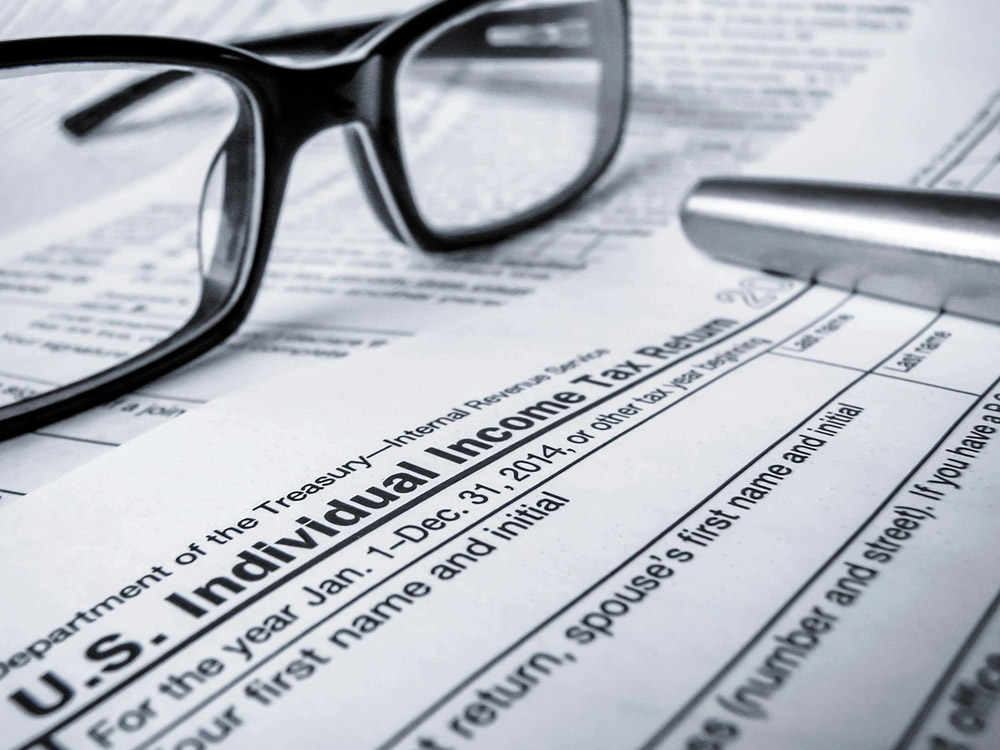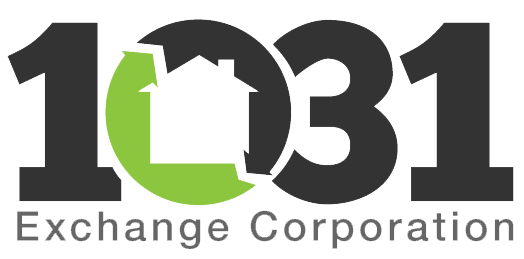
Partially Taxable Exchanges
In many instances, an exchange of qualifying property for like-kind qualifying property is tax-deferred under I.R.C. §1031. However, if the taxpayer receives cash in the exchange, whether at the time of the closing of the relinquished property or at the conclusion of the exchange, the taxpayer’s gain is recognized to the extent of the sum of the money. Cash received by a taxpayer is referred to as “Cash Boot”.
Release of Exchange Funds to the Taxpayer During the Exchange Period
The Qualified Intermediary (QI) is allowed to use the exchange funds for most costs associated with the purchase of replacement property. For example, the QI can wire earnest money to the closing agent for the purchase. If however, upon request, the QI releases exchange funds directly to the taxpayer, the entire exchange will be at risk of failure. The IRS could take the position the taxpayer had “constructive receipt” of the funds which is in direct violation of the Safe Harbor rules for tax deferred exchanges and deny the exchange.


Release of Excess Exchange Funds to the Taxpayer
The IRS’s position is that the remaining exchange proceeds may not be released until after the 180-day exchange period. But, there exists some ambiguity as to the timing of when the taxpayer may receive excess funds from the exchange in the provision that the taxpayer may receive the excess exchange funds upon and after “the receipt by the taxpayer of all the replacement property to which the taxpayer is entitled under the exchange agreement”. There are appropriate and inappropriate times for an early release of funds. Many QI’s do not make a practice of an early release of exchange funds to the taxpayer because this could undermine the QI’s credibility with the IRS. This topic should be discussed in detail with the QI prior to undertaking the exchange.
